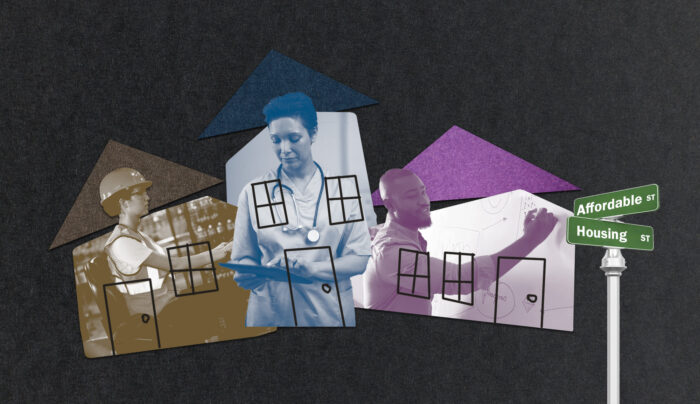If you search for “Powerful Women,” the first article that appears is by Forbes, “The World’s Most Powerful Women 2023,” with a list of the 100 most powerful women they recognized that year. Forty-five of them are women from the United States — all famous and recognized for being successful and outstanding in their different fields. When investigating what metrics they used to determine what made these women “powerful,” we found that money, social networks, impact and spheres of influence play the biggest roles.
We all know that women play multiple roles in society that should also be highlighted: mother, wife, employee, emotional supporter, friend, etc. However, in order to successfully embrace all of these roles, they must first take care of themselves — both physically and emotionally.
That’s why our team at Latino Connection partnered with the PA Department of Health and the CDC’s WISEWOMAN program to create “Powerful Woman” in 2019. The program consists of sessions designed to empower women, accompanying and supporting them on their health journey and to reduce cardiovascular risk. It aims to recognize each woman’s specific needs, offer evaluations of cardiovascular risk, provide health training and access to resources.
Our approach was to do a 360-degree evaluation of women as a whole, including the multiple roles they play, social/cultural limitations and professional goals in order to determine the “power” found in each woman.
The program focuses on the health of these powerful women, who often take a backseat due to the different circumstances they face and live with. Data from 2022 estimates that 15.2% of women over 18 years of age have fair or poor health,1 around 45.7% of women suffer from high blood pressure2 and their main cause of mortality is cardiovascular disease.3
Women’s health in the United States is also impacted by lack of health insurance, health care access, immigration status, low income, low level of health education and language barriers. Often, in single family households, women represent not only the maternal figure but also provide the only income in the home. Due to these circumstances, the long work hours make it difficult to access health resources for routine check-ups.
The impact achieved with the Powerful Woman program has been obtained by providing women with the opportunity to educate themselves on cardiovascular diseases prevention, connecting them with appropriate resources and guiding them to a healthier lifestyle with the ultimate goal of improving their quality of life.
We also created Powerful Woman Live! – a one-day event dedicated to the powerful women who prioritize taking care of their families over their own health. This event includes health-related workshops and coaching, on-site screenings, raffles and activities for kids.
Our team aims to empower every woman in vulnerable communities — including the underserved and older women — and guide them through the journey of self-care and healthier living. We encourage every woman to find ways to positively impact their wellbeing and Powerful Woman Live! is a resource they can use to help prioritize their self-care, live longer and be the best version of themselves.
If you or anyone you know are interested in experiencing what this event is all about, our upcoming Powerful Woman Live! event will be held from 1 p.m. to 4 p.m. on April 4, 2024 in Lancaster, PA. We’d love to help you embrace your powerful woman.
- National Center for Health Statistics. Percentage of angina for adults aged 18 and over, United States, 2019—2022. National Health Interview Survey. Generated interactively: Jan 15, 2024, from https://wwwn.cdc.gov/NHISDataQueryTool/SHS_adult/index.html ↩︎
- Stierman, B. (2021, June 14). National Health and Nutrition Examination Survey 2017–March 2020 Prepandemic Data Files—Development of Files and Prevalence Estimates for Selected Health Outcomes. National Health Statistics Reports, 158. https://www.cdc.gov/nchs/data/nhsr/nhsr158-508.pdf ↩︎
- Centers for Disease Control and Prevention, National Center for Health Statistics. National Vital Statistics System, Mortality 2018-2021 on CDC WONDER Online Database, released in 2021. Data are from the Multiple Cause of Death Files, 2018-2021, as compiled from data provided by the 57 vital statistics jurisdictions through the Vital Statistics Cooperative Program. Accessed at http://wonder.cdc.gov/ucd-icd10-expanded.html on Jan 15, 2024, 9:04:32 PM ↩︎


